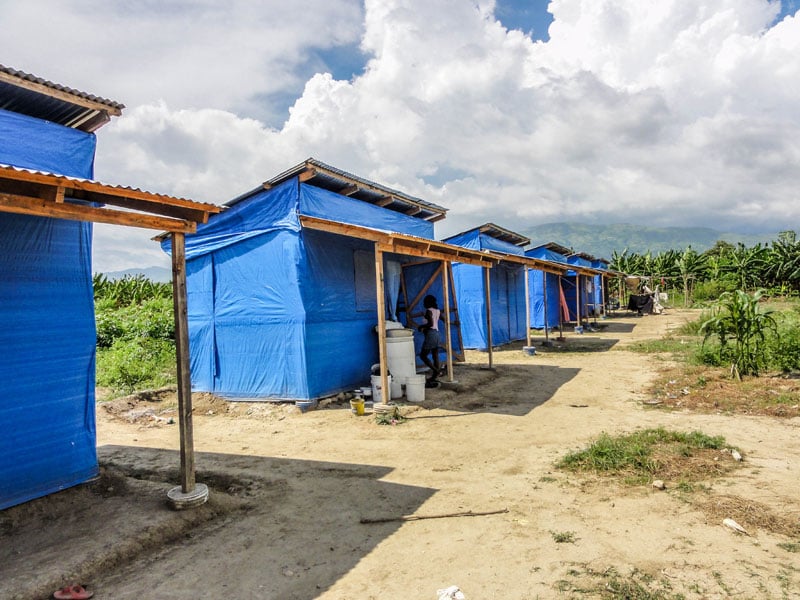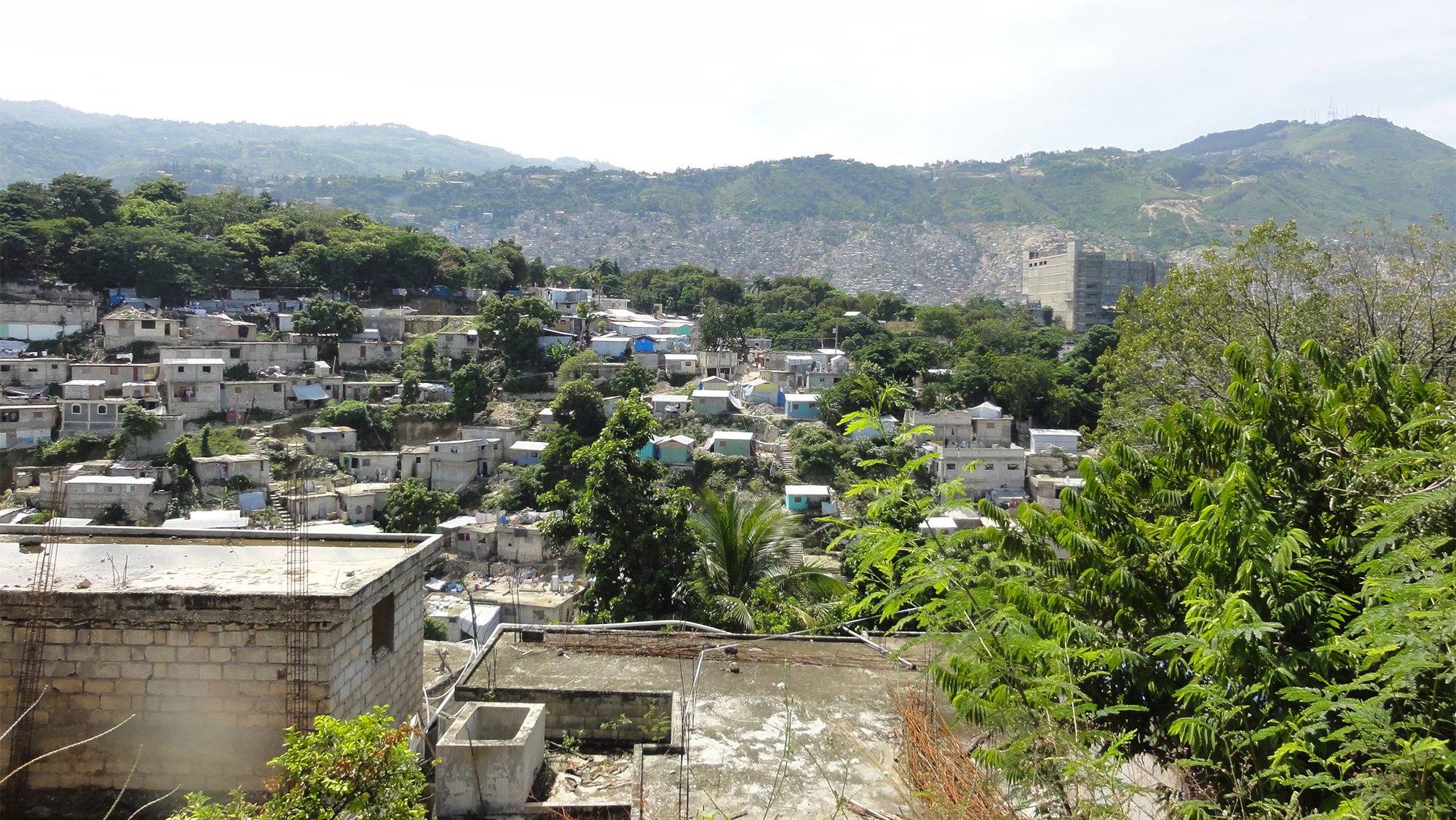In January 2010, more than one million people were left homeless by the Haiti earthquake. Nearly 190,000 houses were damaged and 105,000 were completely destroyed. It was the largest urban disaster in modern history. In response, Habitat for Humanity (HFH) – a charity focused on eliminating housing poverty and homelessness – pledged to help. They wanted to bring relief to thousands of families by providing emergency shelter kits, transitional shelter, repairing houses as well as building new permanent homes.
Arup's International Development team was asked to provide strategic advice on how best to plan this programme of assistance. We worked together with the Habitat team providing both programme and technical support and after several field visits, cogenerated a strategy using a ‘Pathways to Permanence’ framework. This holistic framework focused on supporting families to move from emergency shelter back into permanent housing. Depending on a community or household’s needs after the disaster, the pathways describe a process to rehabilitate them as effectively as possible.

We provided technical assistance on the transitional shelters and permanent homes, as well as guidance for site appraisals and guidelines for new settlements. Three years after the earthquake, HFH has now helped more than 50,000 families in Haiti.
Through a five year framework agreement with HFH, we are committed to continuing to help families in Haiti rebuild their lives, and to ensure sustainable post-disaster reconstruction.
 ;
;


.jpg?h=394&mw=700&w=700&hash=890928B7E5305525FB6D1E503448CB63)


